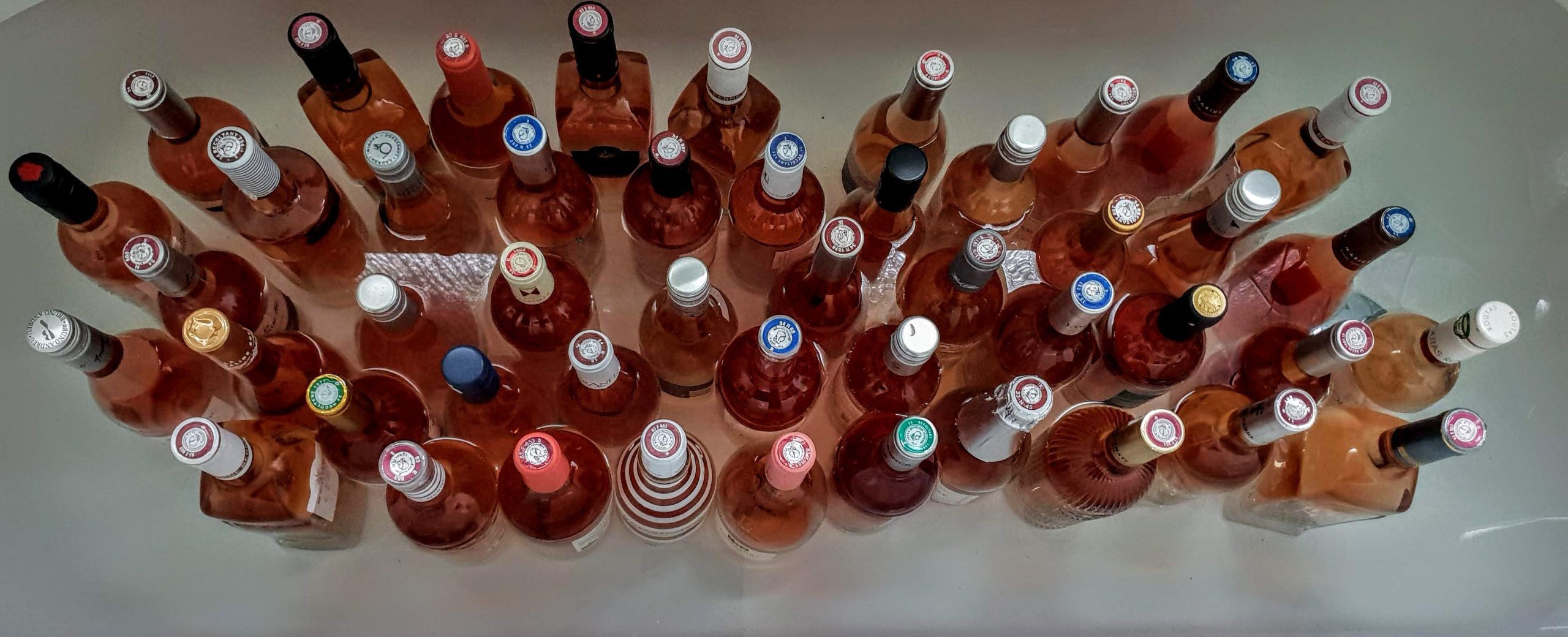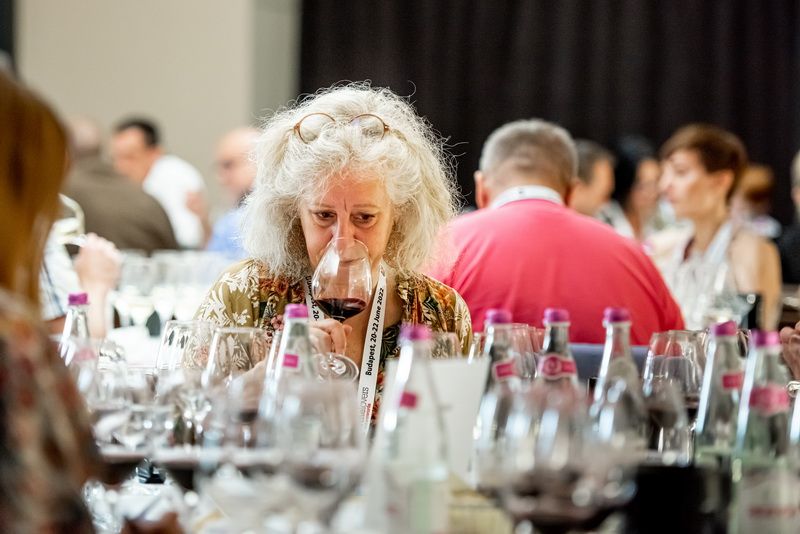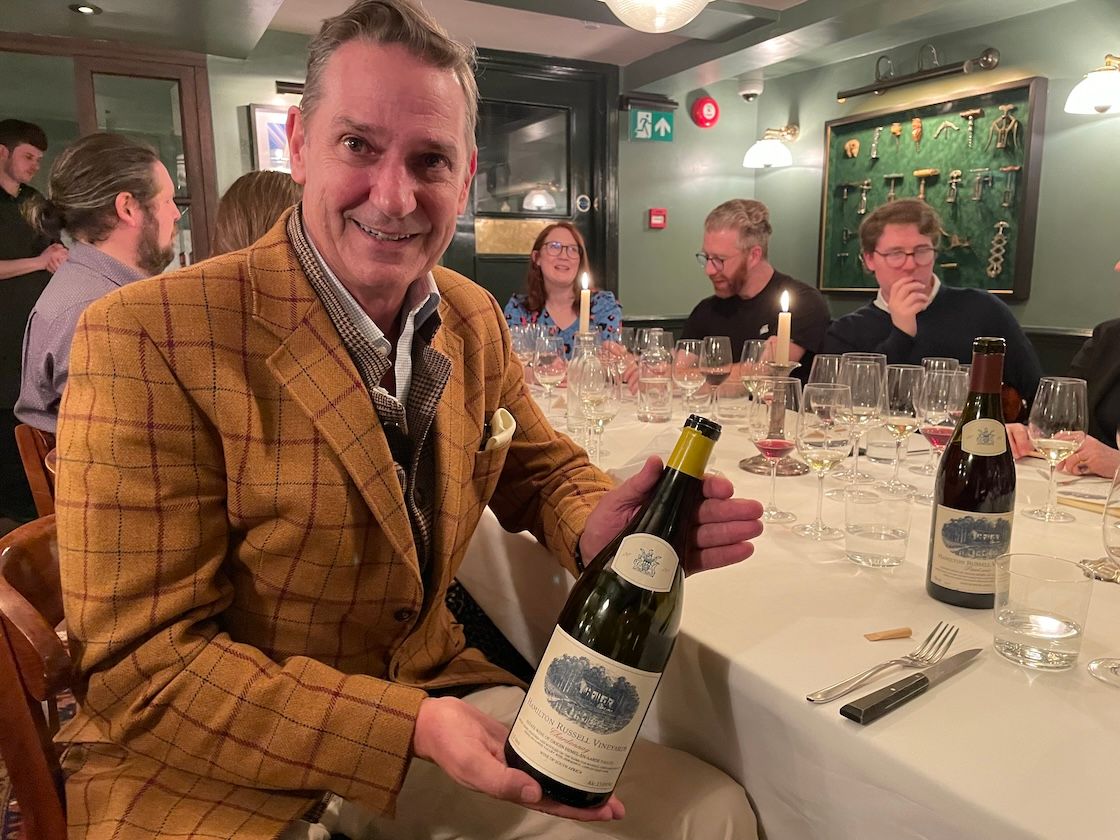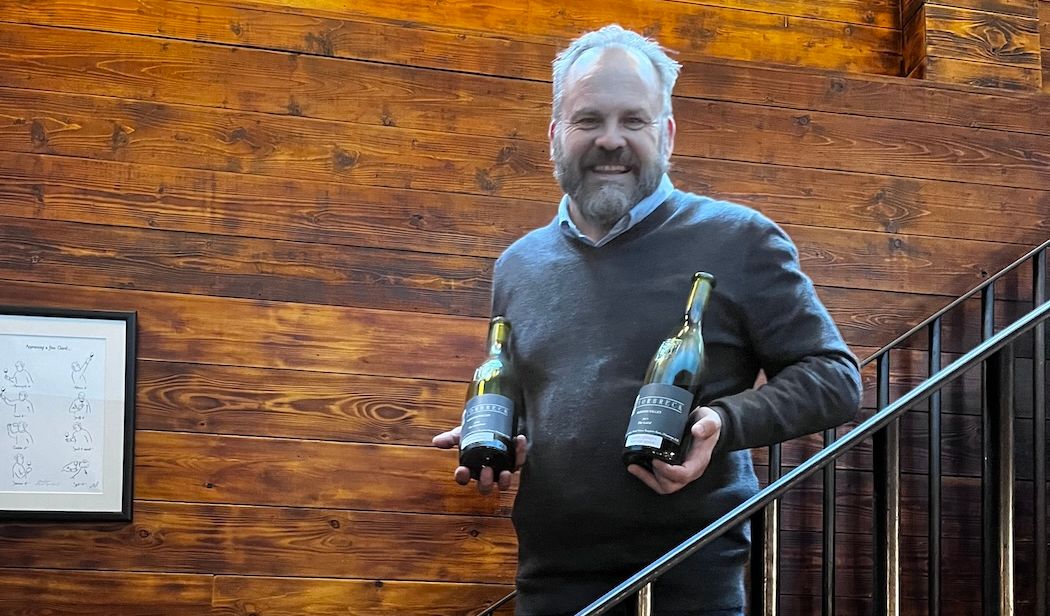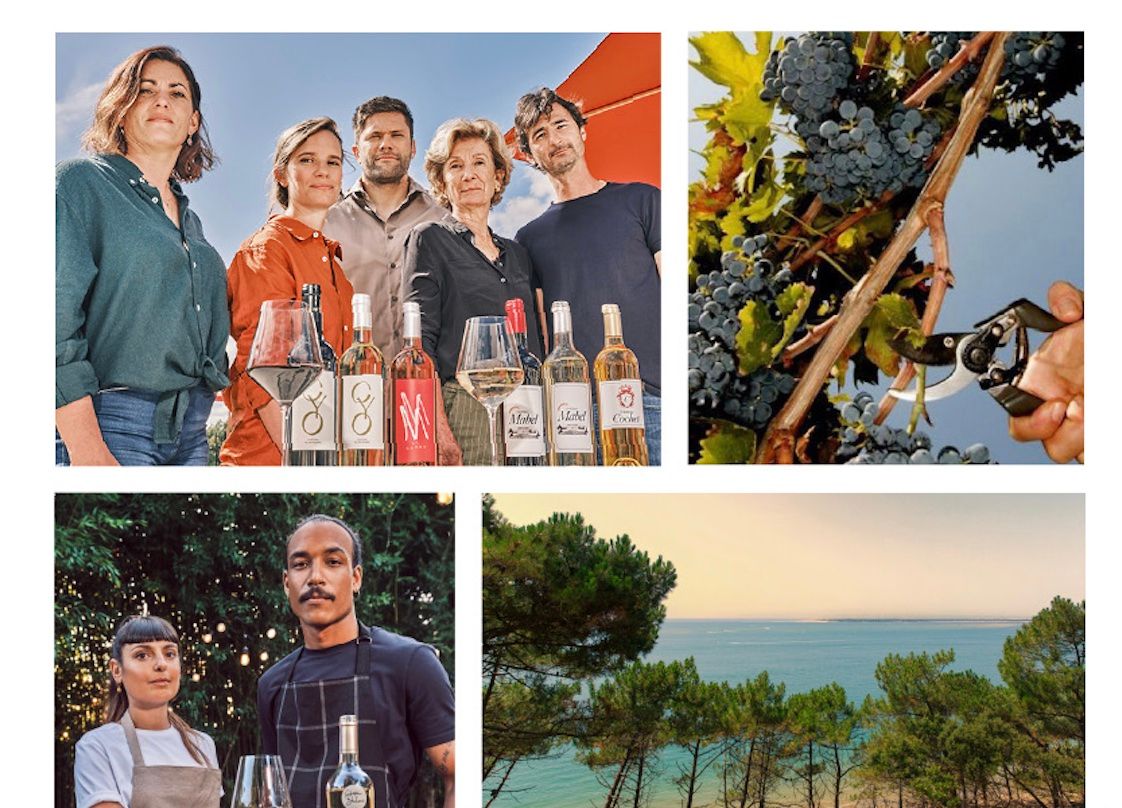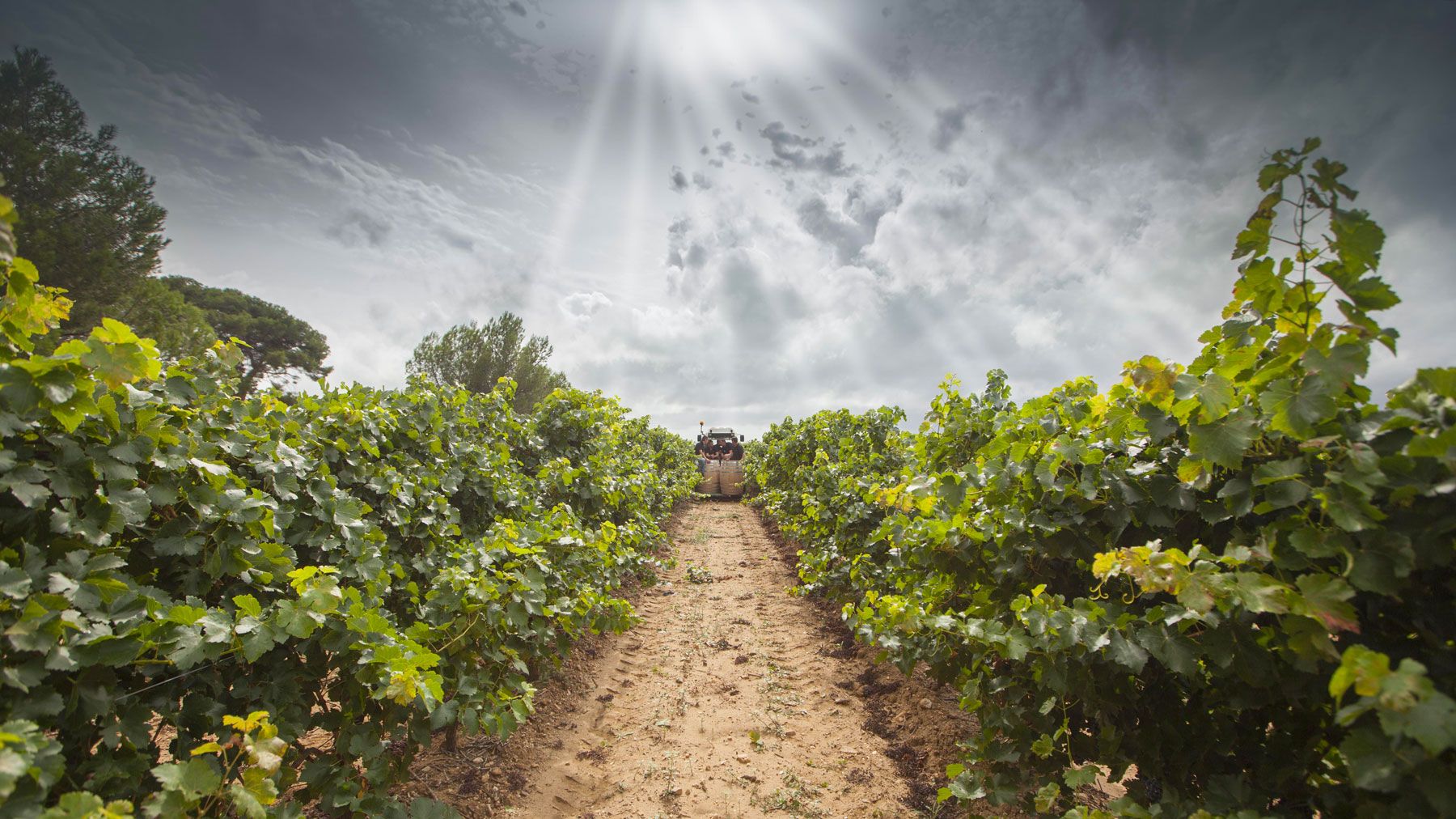“Rosés from IGP Pays d’Oc must now be regarded as a serious contender in the southern French rosé sector,” writes Gabay.
Last year I wrote here about my tasting of a hundred rosés from IGP Pays d’Oc, many of which were seeking UK distribution. With the arrival of coronavirus, this year’s tasting was restricted to those available in the UK, resulting in a smaller selection.
As with last year, the quality was evident, supporting the market view that IGP Pays d’Oc, the largest producer of rosé in France, is a rival to the rosés of Provence, with both often listed under the banner ‘southern French rosé.’ To UK buyers the exact indication of region or appellation within the south of France, whether IGP or AOP, is often less important than price/label/packaging, as consumers are generally unaware of the differences.
Simon Jerome, buying director of Matthew Clark believes that customers are often not bothered where the rosé comes from; “Most people do not understand the difference or care. Most of these details are hidden away on the back labels.” This was confirmed at this year’s tasting where almost half the bottles did not display the IGP Pays d’Oc origin on the front label.
Importer Daniel Lambert confirmed that IGP Pays d’Oc sales are successful because of quality and the original grape variety. To guarantee the labels’ reputation, any wine which bears the IGP Pays d’Oc label has to be tasted blind by a professional panel to assess their quality. However, the origin has its importance as well since the combination of different soils, sun and know-how of the winemakers make the Pays d’Oc IGP wines special in their diversity.
The majority, in this tasting at least, showed the more traditional southern French, Grenache-Cinsault style with a paler colour, dry with fresh but not high acidity and ripe round fruit, and sometimes herbal garrigue hints. I particularly liked those showing a touch of additional fruity charm.
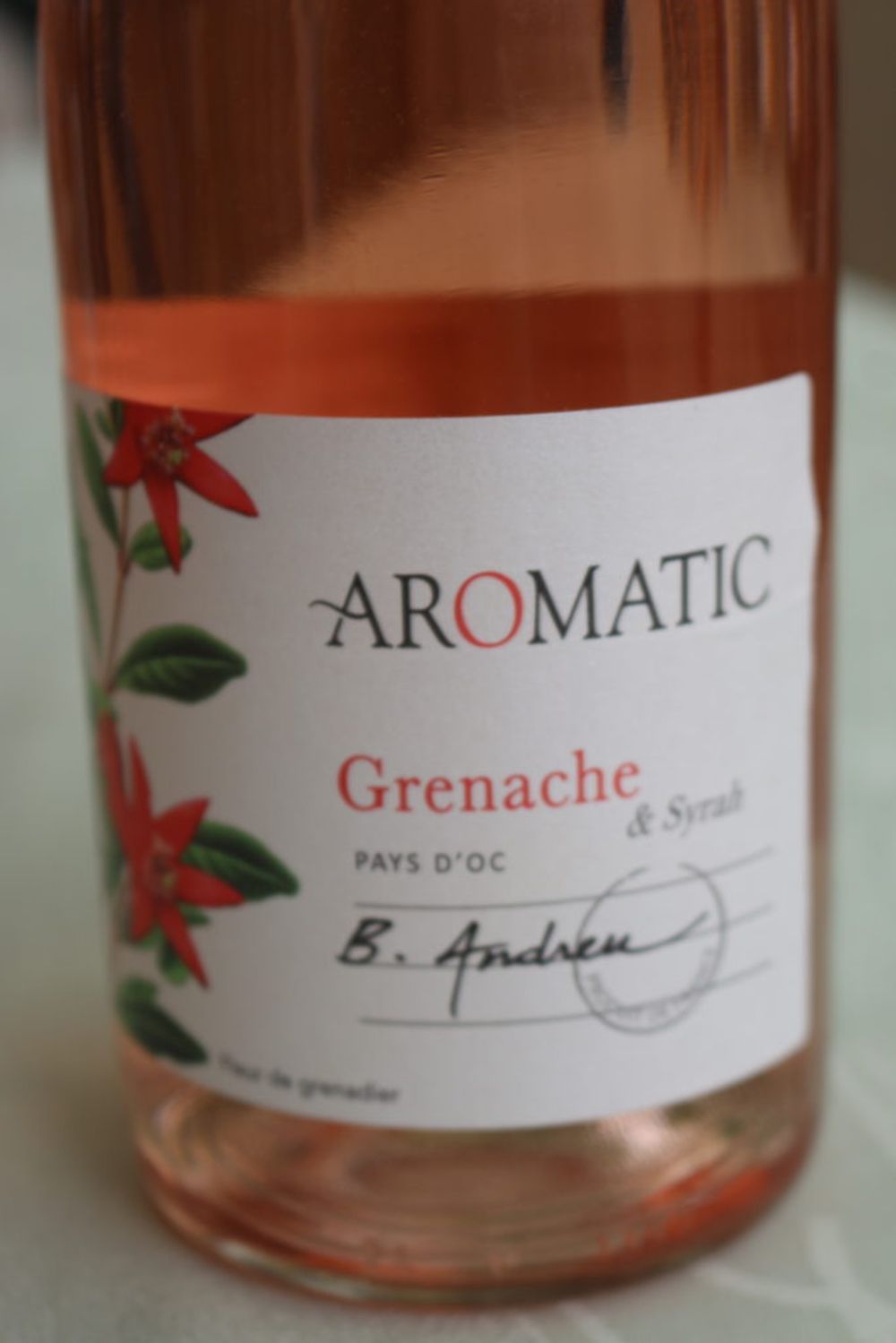
Grenache-dominant rosés: the most popular variety
Varietal wines are the soul of IGP Pays d’Oc, and over half indicated the variety on the front label. Grenache is the most popular variety for rosé, so unsurprisingly Grenache-dominant rosés made up the largest part of my selection. I particularly liked those with pronounced varietal red berry fruit. Bruno Andreu’s Aromatic (Grenache with a touch of Syrah) has ripe cherry and raspberry fruit with bitter almonds and sour wild berry acidity (£9 Champagne & Chateaux). Les Vignobles Foncalieu’s La Rosaline (Grenache Syrah) has soft ripe berry fruit, vibrant hedgerow acidity and a crisp, crunchy finish (£7 Berkmann). Domaine de la Jasse’s Coeur de Cuvée (Grenache, with Syrah and Merlot) has intense raspberry jam, full structure and fresh acidity. (£12.50 JN Wines) Domaine Boissezon Guiraud’s La Dame Rose (Mourvedre and Grenache) has floral and red berry fruit and crisp acidity (Cranstons of Cumbria). Michel Chapoutier‘s Marius (Grenache and Cinsault), was one of the darkest rosés, full of juicy red fruit and crunchy acidity (£9.99 Ministry of Drinks). Foncalieu’s Le Versant (Grenache) which comes with either a classic label or a limited-edition jazz label, is full of intense raspberry fruit, wild berry acidity and a restrained mineral serious finish (£10 Bibendum). Calmel & Joseph’s Villa Blanche (Grenache Gris and Grenache Noir) has intense creamy structure with white peach and redcurrant fruit (Daniel Lambert Wines, around £11.99).
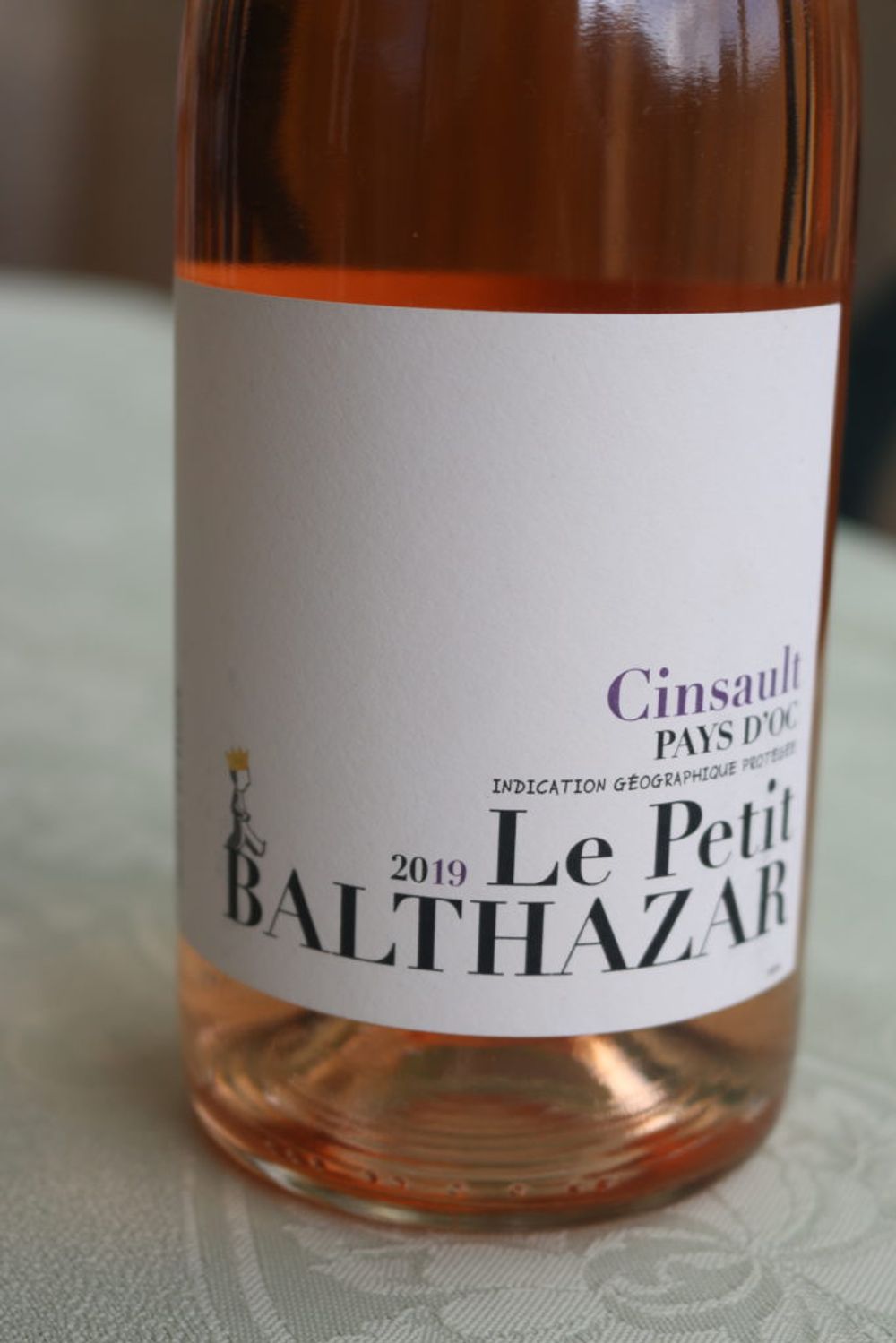
Pick of the Cinsault-dominant rosés
My second largest selection were Cinsault-dominant, significantly paler, with more white fruit and floral notes and sometimes tending towards a blanc de noir character.
Laurent Miquel Père et fils, (Cinsault, with some Syrah) has delicate floral and white fruit supported by fine black fruit, minerality mid-palate and a hint of dryness on the finish (£9.99 Real Wine Company). Domaine la Provenquière’s Pêche Coquin (Cinsault, with Syrah and Grenache) has creamy spice, berry fruit, perfumed floral notes and a dry, saline, phenolic finish (£6.99 Maidenhead Wines), Domaine Saint Hilaire’s Expression has a similar makeup, plus a touch of Vermentino, giving smooth, almost creamy, voluptuous white fruit and fresh acidity (£13.99 Ex Cellar). Two Cinsault-based rosés with more red fruit than most were Pierrick Harang’s Le Petit Balthazar (100% Cinsault) is pretty and fruity with crisp and crunchy red fruit acidity (£7.29 Alexander Wines) and Collections Glanville Solal (Grenache Gris and Cinsault) has vibrant, juicy red fruit, crunchy, leafy acidity and a dry, slightly saline finish (£6 Ami Jack).

Unusual varieties – single or as part of a blend
The label IGP Pays d’Oc has become synonymous with some of the more innovative winemaking within the region of Languedoc-Roussillon. With fifty-eight varieties permissible under the IGP Pays d’Oc label, some rosés use unusual varieties either as a single variety or in a blend. Henri de Richemer’s Marselan (Cabernet Sauvignon x Grenache) has supple, creamy texture, ripe peach fruit and a saline mineral finish (£11 Colombiers Vins Fins). Domaine la Gravette’s Le Rosé (Merlot, Grenache and Caladoc (a Grenache and Malbec cross) has creamy ripeness, bitter almond and cherry fruit, redcurrant acidity and a hint of dry tannin on the finish (£7.50 Peter Watts Wines).
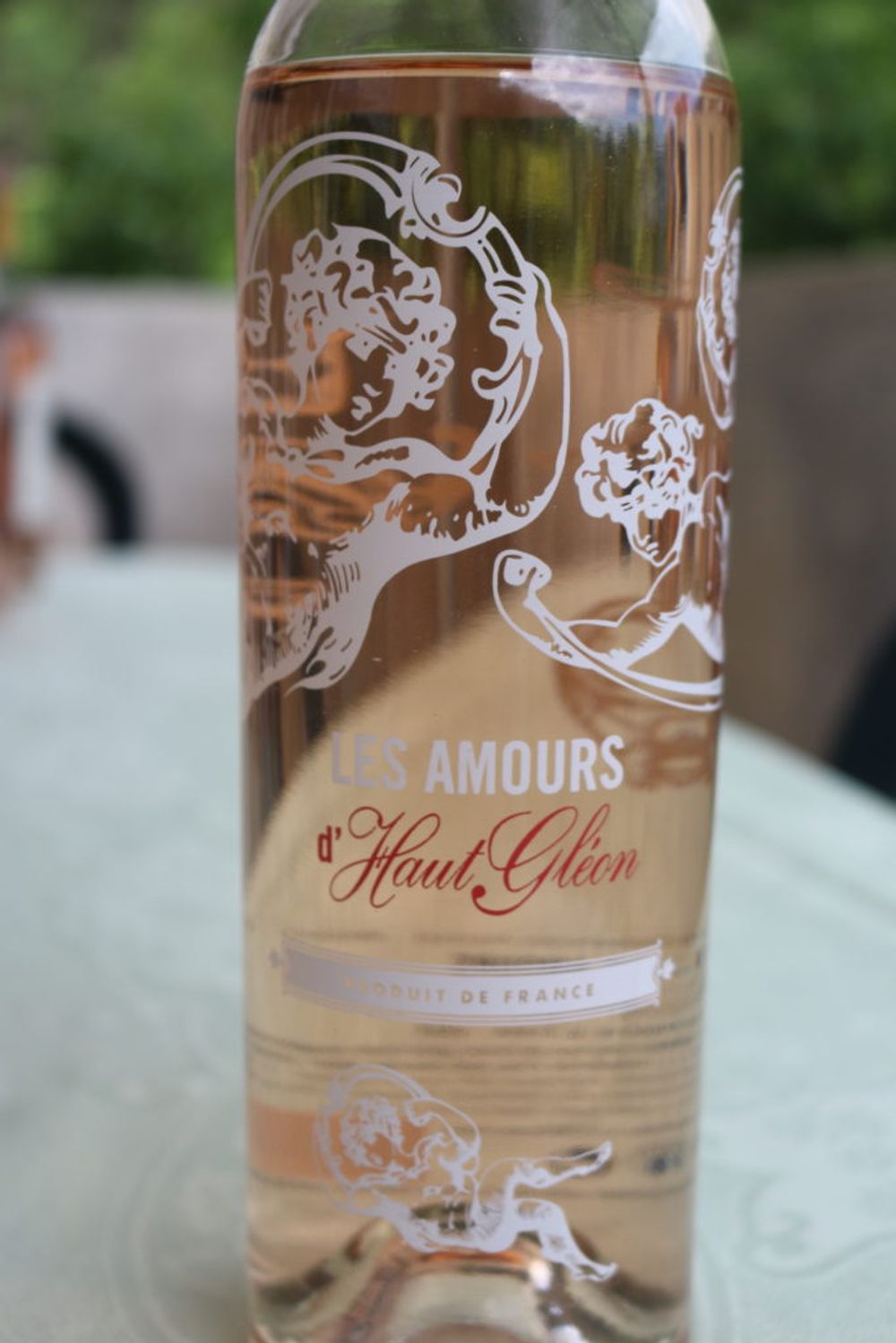
Including darker grape varieties: more intense and gastronomic
Another characteristic of IGP Pays d’Oc rosés is the freedom to include a higher percentage of darker varieties – such as Merlot, Syrah and Cabernet Sauvignon. These varieties often create more intense fruit character and a more distinctive, often gastronomic, style.
Domaine des Lauriers’ Cuvée Paredeaux (Cinsault and Syrah) has ripe, creamy white fruit and hazelnuts, finishing with a dry, stony structure (£9.60 Theatre of Wine). Pierrick Harang’s Le Rosé de Balthazar (Syrah and Grenache) has appetising crunchy raspberry fruit and intense ripe structure (£7.99 Waitrose). Foncalieu’s Les Amours de Haut Gléon (Syrah) has ripe and luscious red and black currants with firm structure (£8-10 Temple Wines). Famille J M Cazes’s L’Ostal Rosé (Grenache and Syrah) has appealing pêche Melba fruit of creamy white peach and red berries with firm black fruit structure (£13.50 Thorman Hunt). Domaine de Viranel’s Trilogie (Syrah, Cabernet Sauvignon and Cinsault) has pretty, creamy, floral black fruit, soft silky structure and firm minerality, which Cambridge Fine Wines describes as one of their best-selling rosés (£10-13.99 Bancroft Wines/Cambridge Wine Merchants). Domaine de la Grande Courtade’s l’Instant (Cabernet Sauvignon, Merlot and a touch of Pinot Noir) has weighty ripe black fruit and spice, balanced by crisp red fruit acidity (£14.50 The Grocery).
As Provence rosé continues to increase in price, with demand outstripping supply, the available volume, quality – and often lower prices – for IGP Pays d’Oc, becomes increasingly attractive. As Jerrome adds, “This also allows the on-trade retailer to add a bit more margin as the gap in price can be almost double in some cases.” Rosés from IGP Pays d’Oc must now be regarded as a serious contender in the southern French rosé sector.
Prices are approximate retail prices – many are on special offer, some cost less by the case.
